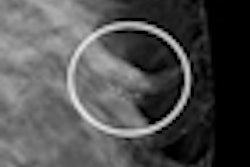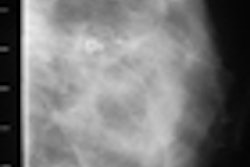Education and other interventions by community health workers improve screening mammography rates in the U.S., especially among women whose race and ethnicity is similar to that of the community health workers serving them, according to a study published this month in Cancer Epidemiology, Biomarkers & Prevention.
Lead author Kristen Wells, PhD, of the University of South Florida, and colleagues reviewed 24 studies investigating the effectiveness of community health worker programs specifically designed to increase screening mammography rates in women age 40 or older without a history of breast cancer. The programs were conducted in community health clinics or other settings outside a hospital. Eighteen studies enrolled a total of 26,660 participants and provided enough data for further analysis (Cancer Epidemiol Biomarkers Prev, June 8, 2011).
The analysis showed that programs that matched health workers and patient populations by race and ethnicity produced a stronger improvement in mammography guideline compliance than those that did not. Also, recruiting participants from a medical setting, such as a community clinic, was more effective than recruiting them from churches, neighborhoods, or other community settings.
Wells' team also found that community health worker programs that reported delivering three or more types of interventions -- including health education, referrals, appointment scheduling, vouchers, free or low-cost mammograms, emotional or social support, and appointment reminders -- were associated with stronger increases in screening mammography than programs providing two or fewer types.



















